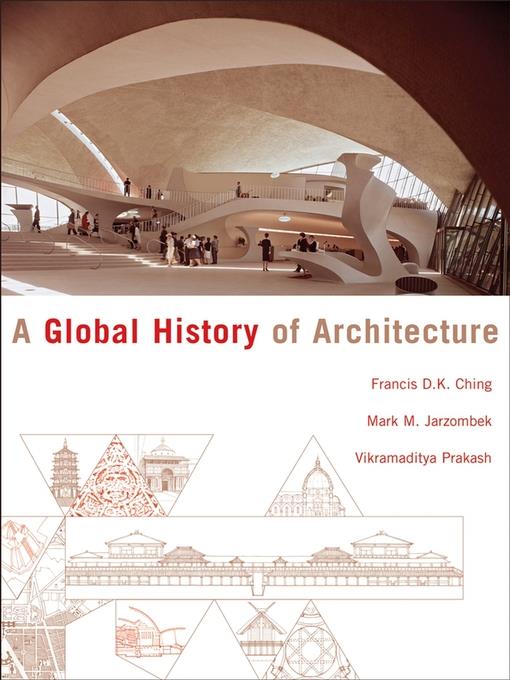
A Global History of Architecture
کتاب های مرتبط
- اطلاعات
- نقد و بررسی
- دیدگاه کاربران
نقد و بررسی

July 31, 2006
Unabashedly huge in its proportions, this book differs from the standard architecture survey in that it doesn't approach the topic from a Western perspective, but rather, as the title indicates, through a global lens. This bodes well for its success as a textbook, but will also please the casual reader. Chronologically organized, the work spans the globe within each time period, occasionally taking time to discuss certain styles and major historical periods, but devoting most of its space to specific architectural works. This chronological organization keeps the book from feeling divided geographically, and maintains a diverse view without manic overextension-a look at the palace at New Delhi is followed by Swedish architect Gunnar Asplund, which is followed by the Hollyhock House in Los Angeles. Throughout, the authors make connections that have rarely been explored ("An important influence on European architecture in the west came from the direction of Armenia"). The book disseminates textbook amounts of need-to-know information, but it does so clearly-more like a down-to-earth conversation than a grad-school dissertation. A practicing architect and two academics, respectively, Ching, Jarzombek and Prakash aren't afraid to get into the meaning and emotion behind the architecture, addressing its passionate, intangible aspects, as in their discussion of irony's place in postmodern design. That personal and phenomenological angle, along with the book's giant scope, makes it a strong addition to the field, an example of successfully going macro without getting muddled. 1000 b & w photos, 50 color photos, 1500 b & w illustrations.

October 15, 2006
A decade after the 100th anniversary of Banister Fletcher's venerable and indispensable" A History of Architecture" (20th ed.) comes this fresh, one-volume historical encyclopedia of world architecture. Ching (architecture, Univ. of Washington; "Architecture: Form, Space, and Order"), Mark M. Jarzombek (architecture & art, MIT), and Vikramaditya Prakash (architecture, Univ. of Washington) recast the story of the last 5000 years of building into a simple but brilliantly workable chronological schema of timecuts, flexible time spans growing shorter and denser as we reach the present. These timecuts succeed in facilitating cross-cultural analysis and minimizing Eurocentric bias. Best of all, they prevent yet another rehash of architectural history as a monotonous procession of endless and unconnected styles, periods, and places. Thus, the Forbidden City, Topkapi Palace, and Villa Medici are viewed as phenomena interdependent upon international trade routes and as outgrowths of an emergent global urbanism. Fifteenhundred elegant and superbly legible hand drawings by Ching, along with 1000 photographs and maps, illustrate a lucid and engaging text. Something of a hybrid, this is as much a solid reference resource as a revisionist textbook. Essential for most collections."David Soltész, Cuyahoga Cty. P.L., Parma, OH"
Copyright 2006 Library Journal, LLC Used with permission.




















![Design Like You Give a Damn [2]](https://dl.bookem.ir/thumbnails/150/ISBN13/9781613122860.jpg)




دیدگاه کاربران